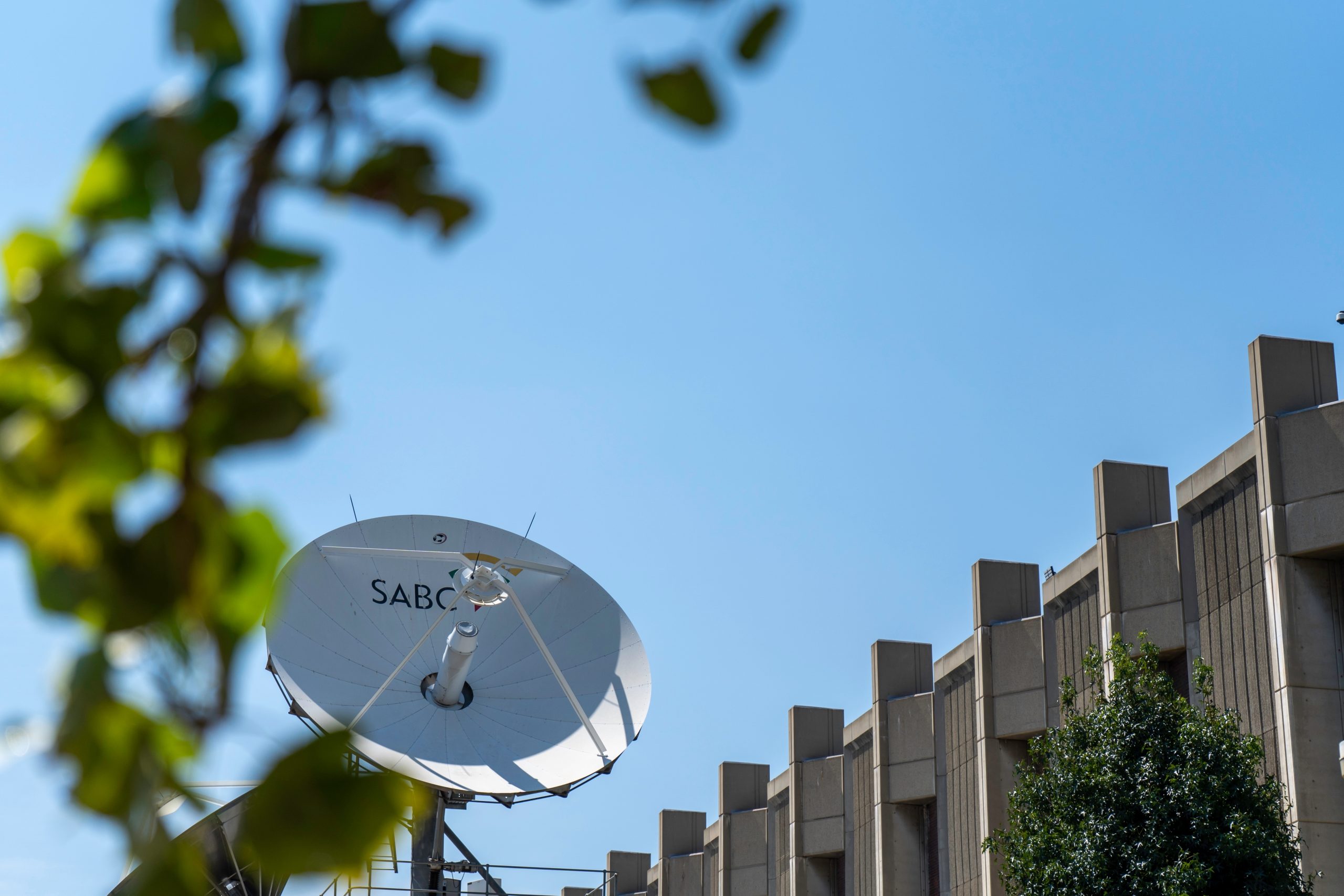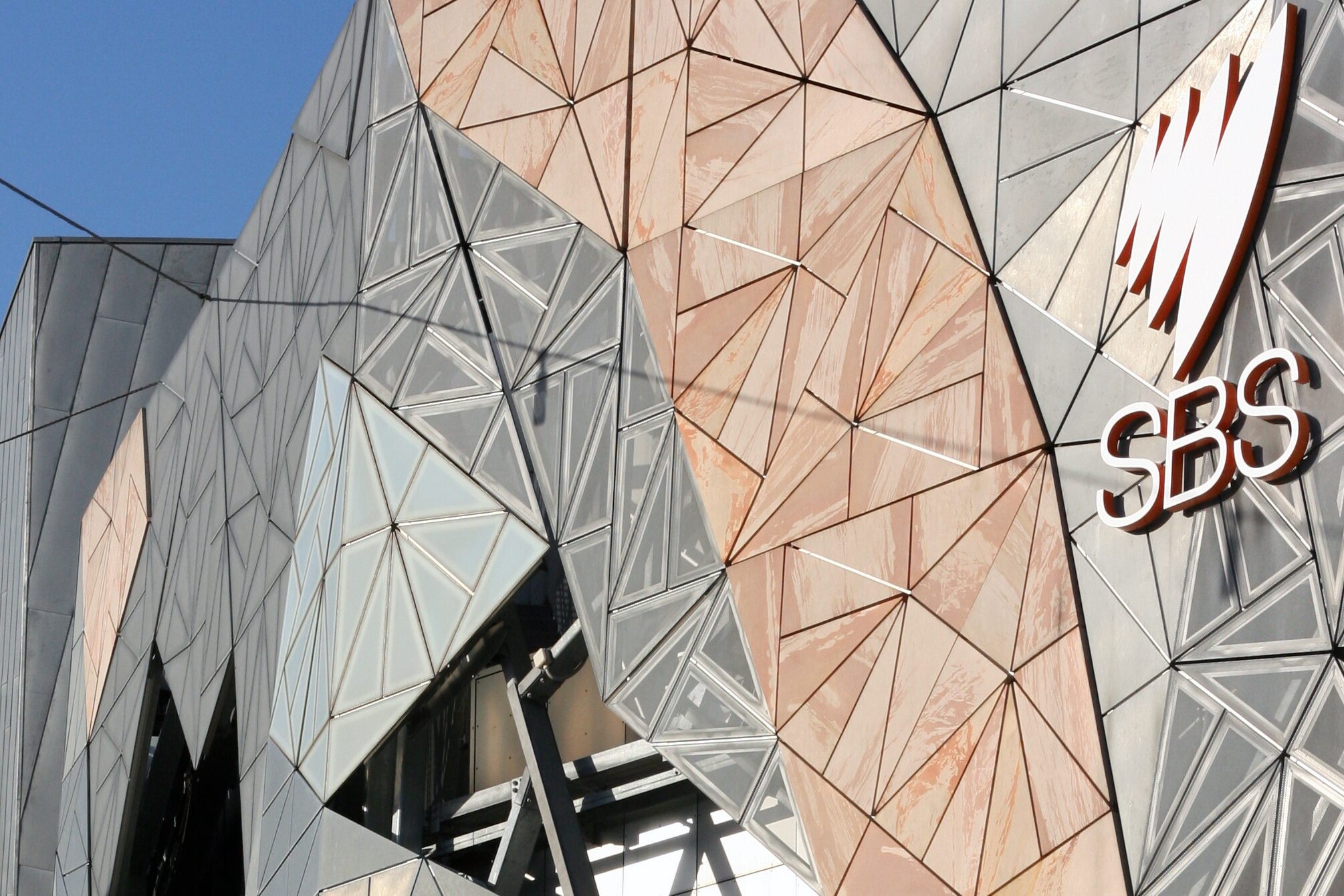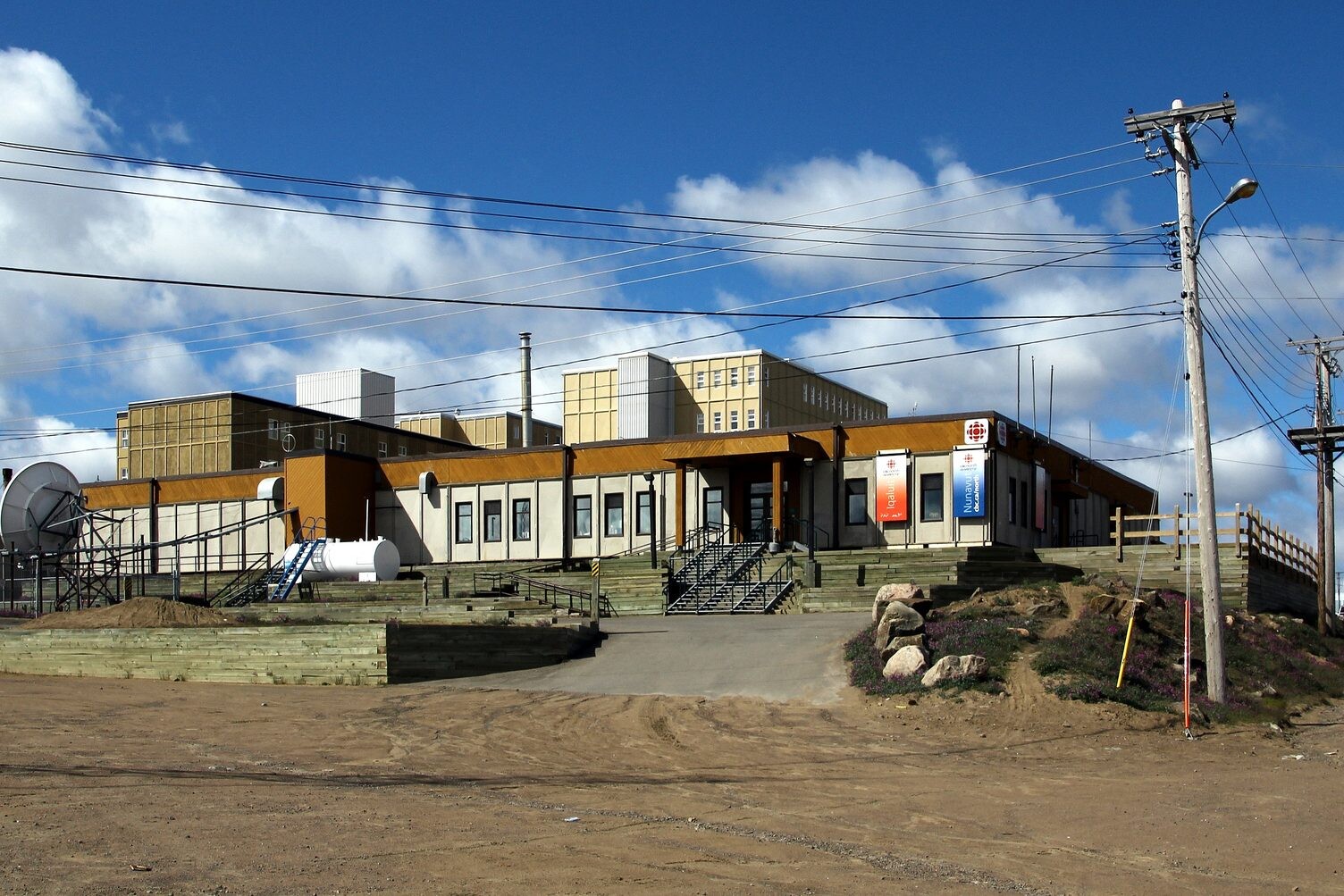INTERNATIONAL DAY OF THE WORLD’S INDIGENOUS PEOPLES 2023
How PSM serve Indigenous audiences
9th August 2023
9 August is the International Day of the World’s Indigenous Peoples. This year, we examine the role of public service media in serving Indigenous audiences.

Public service media – publicly-funded and publicly-owned – have a mandate to serve diverse audiences, across the breadth of society.
But what specific needs do Indigenous audiences have? And how do public service media ensure they are providing the right content in the right way to best serve Indigenous audiences?
These are the questions at the centre of PMA’s upcoming roundtable session, bringing together like-minded public media workers in similar positions at organisations where there is a strong requirement to connect with and serve Indigenous audiences.
In this feature published on the International Day of the World’s Indigenous Peoples, we explore just a few ways in which PMA members are connecting with, and serving Indigenous audiences.
Language preservation
According to the UN, there are approximately 6,700 languages currently spoken worldwide, and it is thought that more than half of these are spoken by Indigenous Peoples. But there are estimates that more than half of the world’s languages could become extinct by the end of the century, putting the preservation of these languages high on the agenda.
Public service media, as high-profile and culturally important institutions, have a responsibility to ensure that these languages continue to be spoken.
The Namibian Broadcasting Corporation (NBC) is one such public broadcaster that recognises this role. It provides content – information, education, and entertainment – across eleven different radio stations, in a variety of Indigenous languages, such as Herero and Nama.
Other broadcasters are continuing to recognise this role. SABC announced earlier this year that it would launch a new 24-hour news channel, called Ekaya, which would provide news in all of the country’s Indigenous languages. The launch of this broadcaster is particularly apt, coming amid the United Nation’s Decade of Indigenous Languages (2022-2032), an initiative aimed at preserving and promoting indigenous peoples’ languages, while mainstreaming linguistic diversity.

Decolonising place names
Public service media are increasingly cognisant of their role in shaping national discourse around Indigenous affairs. One area where there has been recent developments has been over place names. In many post-colonial societies, Indigenous place names have been erased, and often replaced with European names.
There has since been some shift towards restoring the Indigenous names. In New Zealand, both public and private media organisations are following Land Information New Zealand in naming places using their dual names – the Indigenous name, and the European name.
The particular role of public service media was also recognised by the ABC, in their Reconciliation Action Plan 2019-22 (RAP). Amongst their specific initiatives they undertook was to:
- “Continually increase the use of Aboriginal and Torres Strait Islander nation names in content … ;
- Provide advice on how to be inclusive of Aboriginal and Torres Strait Islander languages and nation names in its Style Guide;
- Incorporate guidance on the pronunciation of Aboriginal and Torres Strait Islander names, places and concepts into the publicly accessible ABC Pronounce pronunciation guide.”
The RAP was an example of public service media recognising and making good on its role in both reflecting and shaping society. For the ABC, this resulted in undertaking to both use Indigenous place names in their own production, but also educating the wider Australian public on pronunciation.
“There’s a lot of mistrust toward mainstream media, and I can understand because there’s been years of misrepresentation in a lot of coverage when it comes to Indigenous people.”
– CBC Indigenous journalist, Jessica Deer
Reaching audiences
As explored with NBC, radio continues to provide the most effective medium through which to reach Indigenous Peoples.
One of the advantages of radio is its ability to reach audiences in remote and hard-to-reach locations. Through AM or FM frequencies, radio signals can be sent over vast tracts of land, across often difficult terrain and topography. This is relevant for many Indigenous Peoples, from the Sámi people who live in Sápmi (the far north of Scandinavia), to the Orang Asli (Indigenous Peoples of Malaysia), many of whom live in the mountainous or jungle regions of the Malaysian Peninsular. In such regions, public service media provide critical information and news to these Peoples, and crucially, they do so in their own languages.
The four public service broadcasters of Finland, Sweden and Norway, provide dedicated Sámi services, while Radio Television Malaysia’s radio station, Asyik FM, provides such services for Orang Asli.
National private media often do not consider or adequately report on Indigenous Peoples. An analysis by a Journalist Fellow at the Reuters Institute for the Study of Journalism, Tor Kjetil Kristofferson, found neither of Norway’s two most prominent tabloid newspapers provided much coverage of Sámi issues.
Public service media occupies a special role here and is mandated to consider and cover Indigenous issues.
Balanced coverage
An analysis of articles in The New York Times by the Native American Journalists Association found that over half of the reports “used stereotypes found on the NAJA Bingo Card”.
“There’s a lot of mistrust toward mainstream media, and I can understand because there’s been years of misrepresentation in a lot of coverage when it comes to Indigenous people,” said CBC Indigenous journalist, Jessica Deer, in 2019.

Public service media are undoubtedly part of the ‘mainstream media’ bracket. Yet they should be considered differently because of their unique mandate to serve everyone, and the accountability to their audience if they fall short. This means there are greater expectations and standards for public broadcasters to ensure their coverage of events are balanced, fair and impartial, taking in a wide range of perspectives.
CBC/Radio-Canada is currently developing a new Indigenous Strategy, designed to ensure as a public broadcaster that their output is meeting those standards. They undertook a widespread engagement process last year in twenty separate locations to understand what Indigenous Peoples thought of them as an organisation, and where they needed to improve.
Meanwhile, SBS in Australia is demonstrating this with its commitment to “providing unparalleled multiplatform and multilingual news and information across its network” ahead of the upcoming referendum on the Indigenous Voice to Parliament. “We’re trusted to provide impartial, balanced and accurate coverage that gives all Australians insights into key developments, news from the corridors of Canberra, and also shares the stories and perspectives from communities on Country,” said Tanya Denning-Orman, a Birri and Guugu Yimidhirr woman, and Director of Indigenous Content at SBS. “We’re providing an important platform for a diversity of voices to be heard while also countering misinformation and disinformation, to empower all Australians to be a part of this historic conversation.”
Bringing Indigenous stories to the nation and to the world
The role of public service media is not just about bringing national stories to Indigenous Peoples but also about bringing Indigenous stories to a national and international audience.
In multicultural and diverse societies, public service media can play a role in establishing understanding between groups, through elevating storytellers and diverse perspectives. This means Indigenous content should not be siloed for Indigenous audiences only, but brought to a wider audience.
Public broadcasters APTN and CBC/Radio-Canada are collaborating alongside Netflix to provide this, with a new comedy series in production, set in the Arctic. Behind the show is Inuit film and TV writer and producer, Stacey Aglok MacDonald, and Inuit filmmaker, Alethea Arnaquq-Baril. NRK has two Sámi-led productions in the pipeline, which will become major drama series for the public broadcaster.
Investing in Indigenous creators and providing a platform is imperative, and public service media has the capability to do this.
Related Posts
9th August 2023
SBS & NITV keep audiences informed on referendum on Indigenous Voice
SBS is providing unparalleled news and…
30th June 2023
PSM Unpacked | Connecting with and serving Indigenous audiences
MEMBERS EXCLUSIVE: In this PSM Unpacked…
24th January 2023
SABC indigenous language news channel to be launched
SABC plans to improve news provision…
9th August 2022
PMA marks International Day of the World’s Indigenous Peoples
On International Day of the World's…


